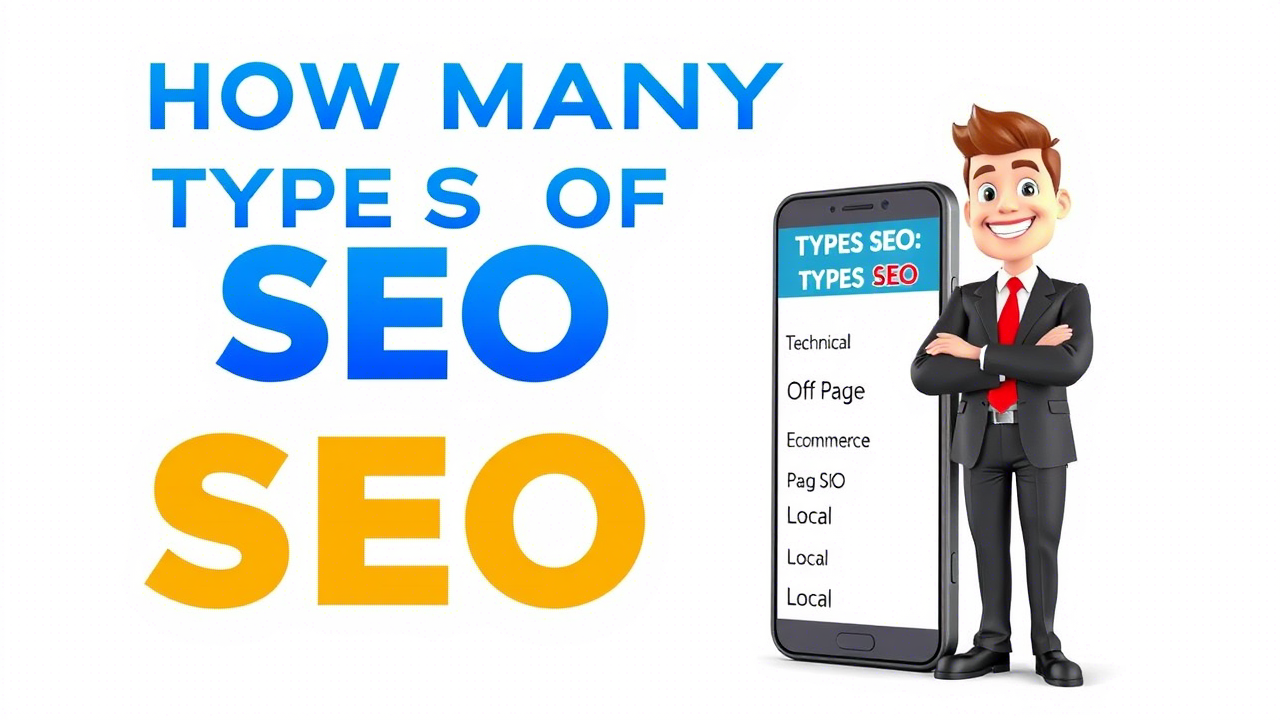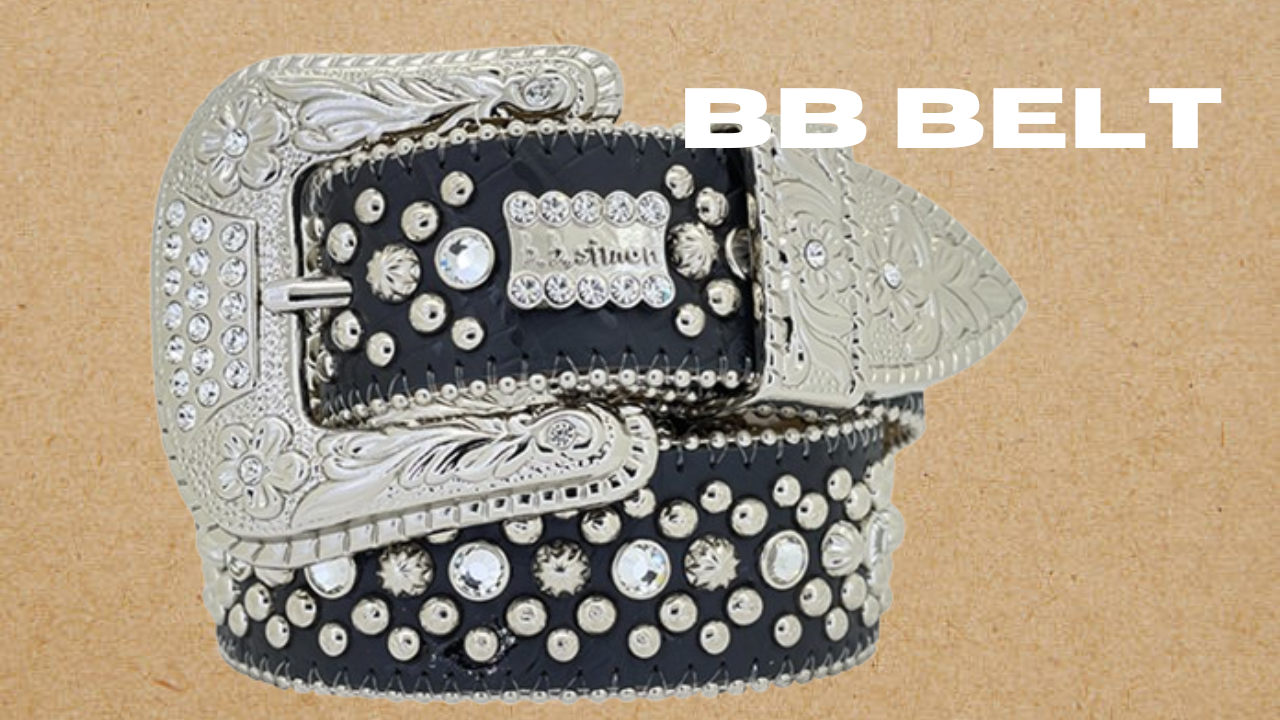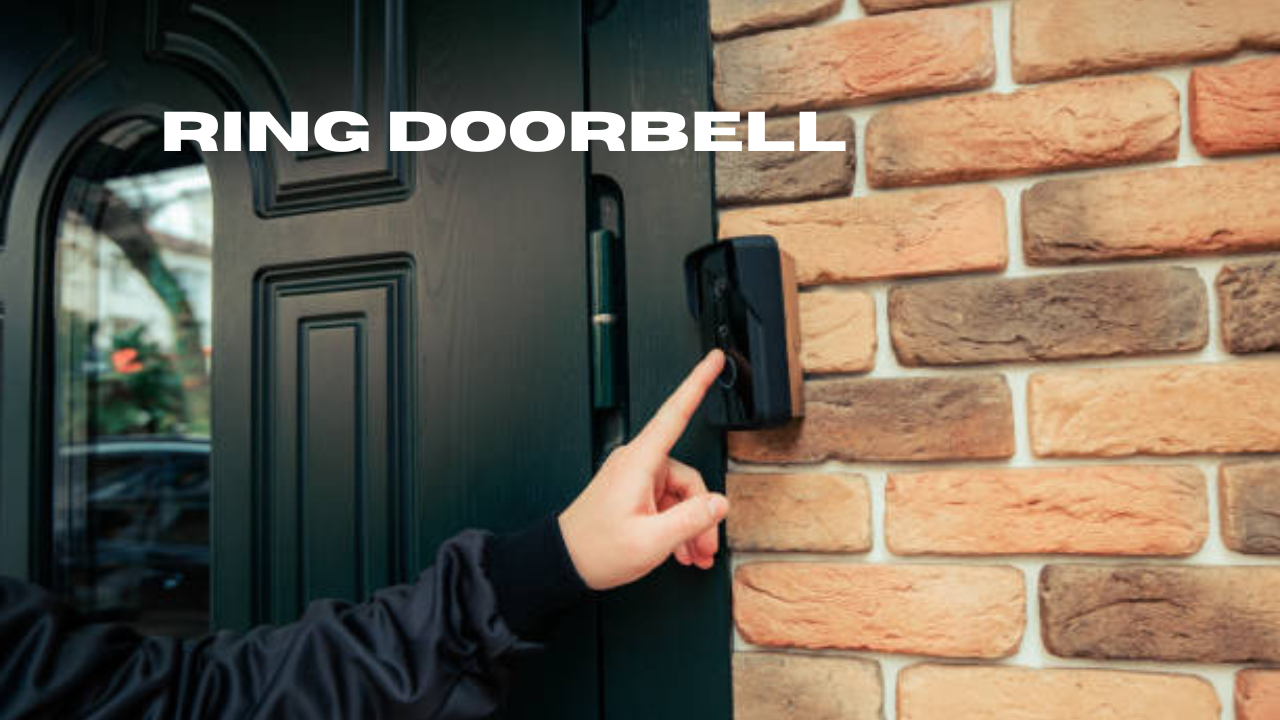When it comes to getting a website noticed online, SEO (Search Engine Optimization) plays the lead role. But here’s the big question: how many types of SEO are there, and why does it matter? Whether you’re running a blog, an online store, or a business site, knowing the different types of SEO gives you the upper hand. This review dives deep into all categories of SEO, what makes them tick, and how you can use them together for eco-friendly growth online. So let’s get started—with clarity, consistency, and a human-style flow that feels like your favorite digital marketing class but more fun.
Why You Should Care About SEO Types
Before jumping into the different kinds of SEO, here’s a quick note. Not all SEO is created equal. Some types work on your website, others off it. Some improve your speed, and others help your store rank higher. But together, they all work to boost your visibility, traffic, and trust. That’s what makes knowing how many types of SEO not just important, but essential.
Core Types of SEO
On-Page SEO
This is where it all begins. On-page SEO focuses on what’s inside your website. Every single word, image, tag, and link on your pages can impact your ranking.
- Keyword usage must be natural and strategic.
- Title tags and meta descriptions should match the content.
- Images need alt text and compressed sizes.
- Internal links connect relevant pages smoothly.
- URLs should be short, clean, and keyword-rich.
Why it matters: On-page SEO boosts relevance and usability. It helps search engines and humans understand your content clearly. And let’s face it—if your site isn’t clear, no one sticks around.

Off-Page SEO
Now it’s time to step outside your digital home. Off-page SEO builds your reputation online.
- Backlinks from trustworthy sites add credibility.
- Social media shares spread your content wider.
- Brand mentions creating awareness.
- Positive reviews shape public trust.
Why it matters: Off-page SEO tells search engines that others believe in your content. Think of it like getting a thumbs-up from the internet. It’s a strong trust signal.
Technical SEO
You can have great content and strong backlinks, but if your site doesn’t load fast or work on phones, you’re in trouble. That’s where technical SEO comes in.
- Site speed must be lightning-fast.
- Mobile responsiveness can’t be optional.
- HTTPS ensures user data stays safe.
- XML sitemaps help search engines crawl your site.
- Robots.txt tells search bots where to go—or not to go.
- Structured data makes your content more searchable.
Why it matters: Technical SEO ensures your site runs smoothly and remains search-engine friendly. It’s the behind-the-scenes hero you didn’t know you needed.
Specialized SEO Types
Local SEO
If you’re a local business or a service provider, this one’s for you.
- Google Business Profile must be fully optimized.
- Local citations should be consistent across directories.
- Positive reviews build local trust.
- NAP (Name, Address, Phone number) must match everywhere.
Why it matters: Local SEO boosts your visibility for people searching near you. If someone types “best coffee shop near me,” you want to be the first name that pops up.

E-commerce SEO
For online stores, SEO isn’t just helpful—it’s the difference between selling products or collecting digital dust.
- Product titles must include targeted keywords.
- Descriptions should be detailed and unique.
- Schema markup enhances product visibility.
- The site structure must support easy navigation.
Why it matters: E-commerce SEO drives traffic to product pages, boosts conversions, and helps customers find exactly what they need. It’s like having a virtual salesperson who never sleeps.
Image SEO
Images are not just pretty—they’re powerful SEO tools when optimized correctly.
- Filenames should describe the image clearly.
- Alt text helps search engines understand visuals.
- Compression ensures fast loading without losing quality.
Why it matters: Image SEO improves user experience and can push your visuals into Google Images. Plus, fast-loading images support your eco friendly site goals by reducing data load.
SEO Methodologies
White Hat SEO
This is the good-guy method of SEO. It sticks to Google’s rules and plays fair.
- Honest keyword usage.
- High-quality, relevant content.
- Clean backlink strategies.
Why it matters: White Hat SEO leads to long-term success. It’s ethical, sustainable, and low-risk.
Black Hat SEO
This one bends the rules—sometimes too far.
- Keyword stuffing.
- Hidden text or links.
- Spammy backlinks.
Why it matters: Black Hat may offer quick results, but it’s risky. Search engines catch on fast, and penalties are harsh.
Gray Hat SEO
Caught in the middle, Gray Hat mixes both approaches.
- Slight rule-bending.
- Methods not explicitly banned—but not encouraged either.
Why it matters: While tempting, Gray Hat SEO walks a fine line. A search algorithm update can turn yesterday’s trick into today’s penalty.
The Eco-Friendly Side of SEO
Now let’s talk sustainability. Did you know that efficient SEO practices can be eco-friendly? Here’s how:
- Optimized images reduce server load.
- Faster websites use less energy.
- Clean coding and minimal plugins reduce wasteful processing.
Why it matters: The digital world has a carbon footprint. SEO that improves speed and efficiency doesn’t just help rankings—it helps the planet too.
Also Read:https://globaltrek.co.uk/mirabeau-maison-dhotes-a-hidden-gem-in-cassis/
Last Views: How Many Types of SEO Do You Need?
So, how many types of SEO should you care about? All of them—but in the right mix. Think of SEO as ingredients in a recipe. Each type adds its flavor. Together, they create a winning dish. On-page and off-page SEO are your foundation. Technical SEO keeps your structure strong. Local, image, and e-commerce SEO are specialized tools. And when choosing your SEO methodology, always aim for sustainable, white-hat practices.
By combining these strategies with eco-friendly thinking, you not only improve your search presence—you build a digital future that’s smarter, cleaner, and more trustworthy.



